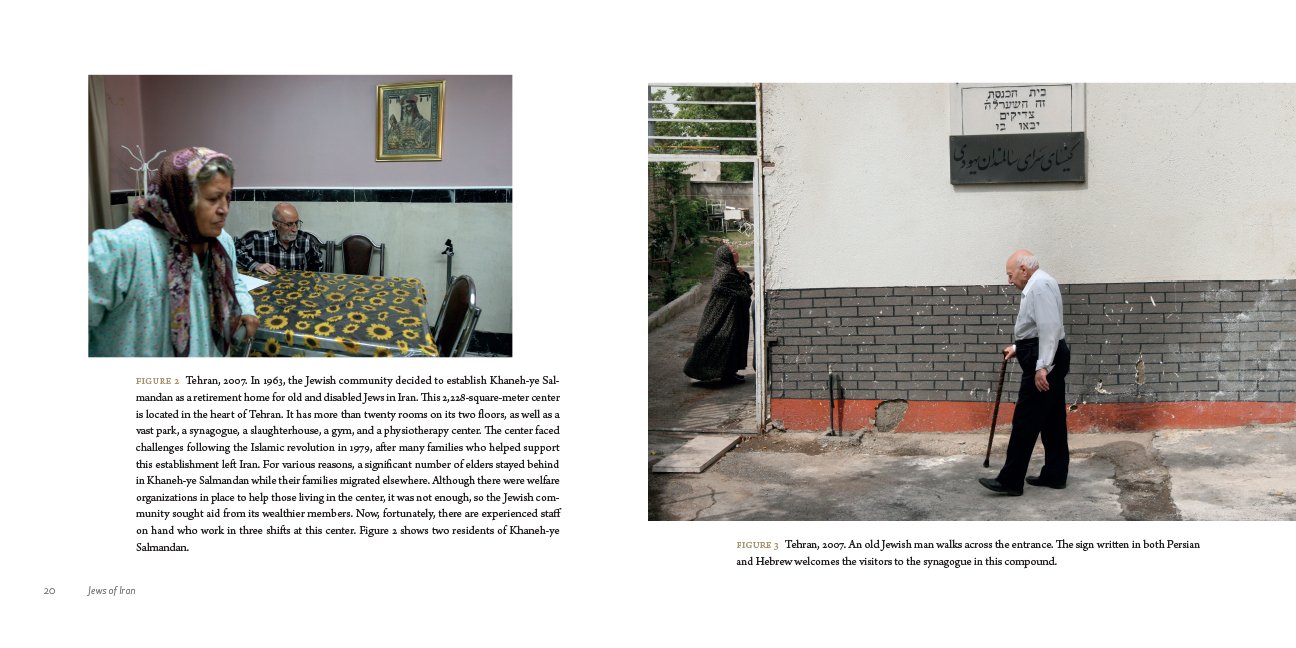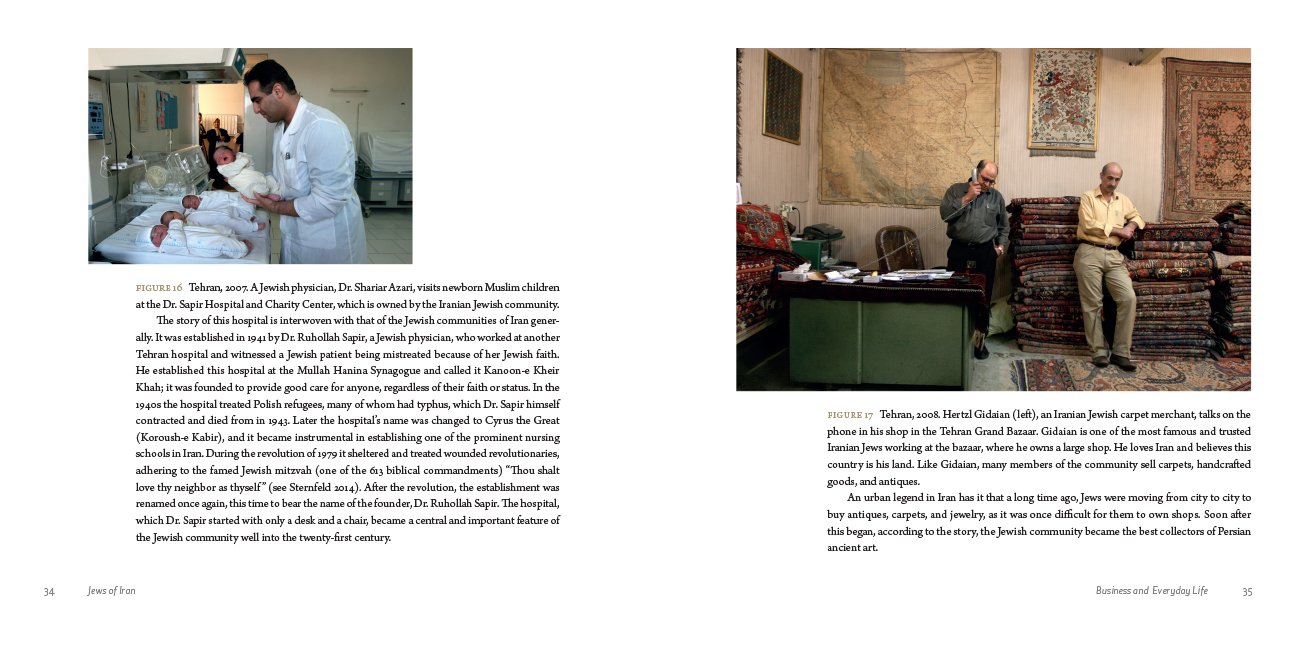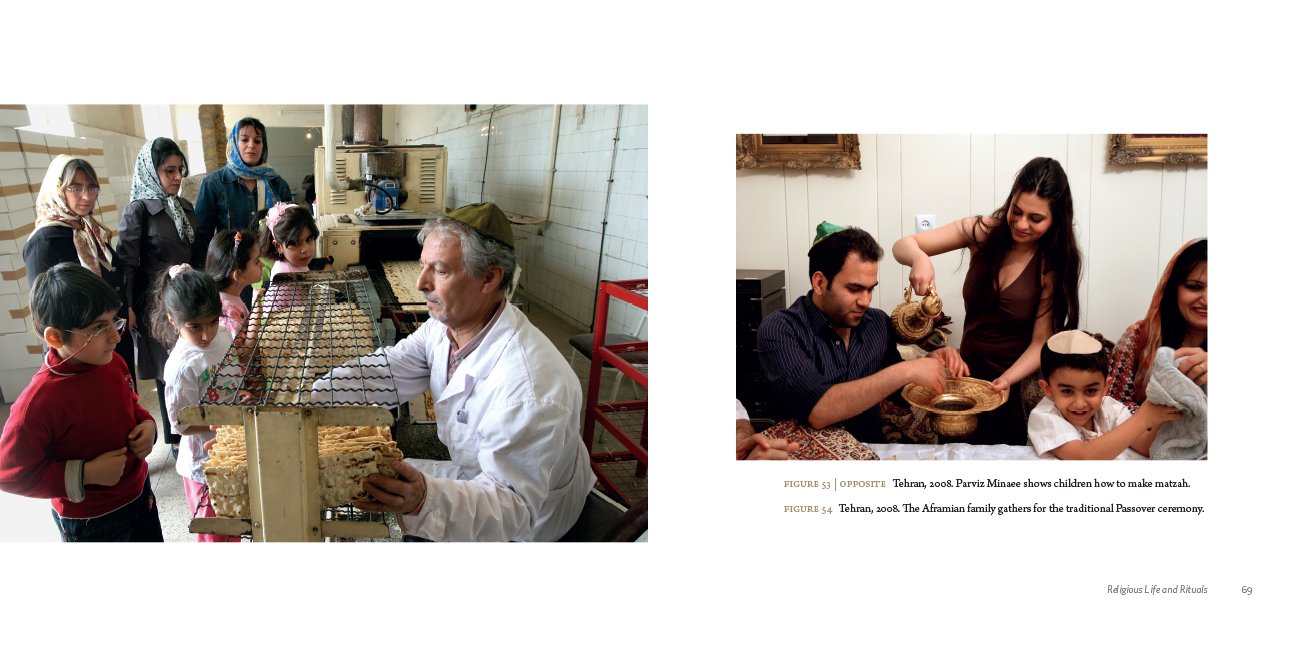
Image Alternative Text: Depicted are bright pink and white flowers; a vintage plate and chalice; matzah; and Haggadah, the historical Jewish text that sets order of the Passover Seder. The background of the image is light pink with an ornate scroll design.
The text at the top of the graphic reads, "Chag Pesach Sameach;" "Happy Passover;" and "Passover is a time of reflection, rebirth, and renewal. Together as a Rowan University community, we honor our Jewish students and colleagues during this special observance and year-round." The Rowan University Division of Diversity Equity, and Inclusion (DEI) logo is depicted in the bottom left corner.
Click here to download the graphic.
This article was written for the Rowan University community at large by Patricia Fortunato (fortun83@rowan.edu); with collaboration from fellow Rowan University DEI Council member, Marc Fleischner, who serves as faculty advisor for Hillel.
Contents are developed and produced with gratitude to families/loved ones; students, academic faculty, and staff; and the Division of Diversity, Equity, and Inclusion (DEI) team and DEI Council. Together we strive to support one another and all Rowan University communities who observe Passover during this special time of reflection, rebirth, and renewal.
Follow the Rowan University Division of DEI:
- Instagram: instagram.com/rowandei
- Facebook: facebook.com/rowandei
- X/Twitter: twitter.com/rowandei
- Threads: threads.net/@rowandei
Brief History of Passover
Passover (Pesach, in Hebrew), honors the emancipation of enslaved Israelites in ancient Egypt. Pesach means "to pass over" in Hebrew. Jewish communities believe that, on the first Passover Eve, G-d passed over homes of Jewish people when killing the Egyptian firstborn. This was the final of 10 plagues brought by G-d to convince Pharaoh to release the Israelites from slavery. Passover is an eight-day Jewish holiday celebrated in early spring during the Hebrew month of Nissan (mandated by the Torah to take place in the spring). It is observed by avoiding leavening and is centered on Seder meals that include four cups of wine or grape juice, consuming matzah and bitter herbs, and telling the story of Exodus from Egypt.
As told in the Hebrew Bible, after decades of slavery to pharaohs and during which time Israelites were subject to unbearable labor, G-d recognized the Israelites' distress and commanded Moses to Pharaoh with the message, "Send forth My people, so that they may serve Me in the desert." However, Pharaoh refused to take heed to the command, and G-d sent ten plagues upon Egypt, destroying everything. At midnight on 15 Nissan in the year 2448 (1313 BCE), G-d spared the children of Israel when he "passed over" their homes. Pharaoh chased the Israelites out of the land, and the bread they baked did not have time to rise. More than 600,000 people left Egypt on this day and migrated to Mount Sinai.
In ancient times, the Passover observance included sacrifice of paschal lamb, which was roasted and consumed on the first evening of the holiday. This tradition continued until the Temple in Jerusalem was destroyed in the first century.
How Passover is Observed
Passover is divided into two parts—the first two days, and final two days honoring the parting of the Red Sea, are holidays during which time candles are lit at night, and kiddush and holiday meals are enjoyed. During these observant dates, Jewish communities tend not to work, drive, or turn on/off electronic devices. The four days falling during the middle of the observance are called Chol Hamoed, during which time most forms of work are permitted.
To honor the unleavened bread the Israelites ate when they fled Egypt, Jewish communities tend not to consume—nor keep in their homes—chametz, during the time from midday prior to Passover until the conclusion of the holiday. Chametz means leavened grain—any food or drink that contains even a trace of wheat, barley, rye, oats, spelt, or derivatives, that was not guarded from leavening or fermentation; this includes bread, pasta, and most alcoholic drinks. Also, most processed foods and drinks are assumed to be chametz unless otherwise certified.
Clearing chametz from home is an exhaustive process that involves spring cleaning and ends with a traditional search for chametz the night prior to Passover, and burning of chametz in the morning prior to the start of the observance. That which cannot be destroyed can be sold to non-Jewish community members. Matzah is consumed instead of chametz; this unleavened, flat bread is consumed on the two Seder nights, and during the remainder observance it is optional, however most Jewish people continue to forgo chametz until the end of the holiday.
Importance of the Seder
The highlight of Passover is the Seder, observed on the first two nights of the holiday, and a 15-step tradition and ritualistic family meal. The focal points are consuming matzah; bitter herbs, commemorating the slavery the Israelites endured; drinking four glasses of wine or grape juice, symbolizing a royal drink and freedom; and recitation of the Haggadah, liturgy describing the Exodus, which begins with a child in the family asking the traditional four questions.
Nowruz and Passover in Iran
In Iran, Passover coincides with Nowruz, the Persian New Year, and during this time, communities engage in a variety of preparations. Persians and those who identify as Jewish, Muslim, Zoroastrian, and Bahá'í prepare baked goods and engage in 12 days of celebrations. Nowruz is also celebrated in various other countries, including Afghanistan, Azerbaijan, India, Iraq, Kyrgyzstan, Kazakhstan, Pakistan, Tajikistan, Turkey, Turkmenistan, and Uzbekistan, and this year, it was celebrated on March 19.
Further during this time, a haft-seen, a special table that consists of items honoring renewal and blessings, is set. The seven S's take ceremonial places on respective plates—holding sabzeh, grown wheat; samanoo, a wheat-based dish; seeb, red apples; seer, garlic; sekkeh, decorative coins in water; senjed, fruit of the lotus tree; and serkeh, vinegar. Tables are also set with a mirror, swimming goldfish, and hand-painted eggs. Those who identify as Jewish place a Torah or siddur, a Jewish prayer book containing daily prayers, on the table. Persian Jews deep clean their homes of hametz, leavened food products.
Iran's Jewish community dates back to 722 BCE when Persian Jewish people were exiled from Jerusalem, and they found refuge in ancient Persia.1 Persian Jewish communities include their descendants—Armenian, Bukharan, and Iraqi Jewish communities, among others. In present day, there are less than 10,000 Jewish people living in Iran.2 Per the Tehran Jewish community, there remain 31 synagogues in Tehran, with 20 of these synagogues active, and 100 synagogues in total in Iran.3
To help capture the lives of Persian Jewish communities in 21st century Iran, Hassan Sarbakhshian, an Iranian photojournalist, lived with their communities and over the course of two years, captured their experiences alongside fellow journalist Parvaneh Vahidmanesh. The individuals depicted in the resulting book, Jews of Iran: A Photographic Chronicle, illuminates the diversity of Persian Jewish lives. A few photographs from the book are excerpted below.4



For more information on how Passover is celebrated around the world, including in China, Ethiopia, India, Italy, Jamaica, Laos, Mexico, Morocco, and Uganda, please visit the "Jews Around the Globe" feature on the My Jewish Learning website.
Honoring Passover 2024 and Supporting Our Rowan University Community
This year, Passover will be celebrated from Monday, April 22 through Tuesday, April 30. Seder will take place on April 22 after nightfall, with the second Seder taking place on April 23 after nightfall. Individuals who identify as Jewish and who observe Passover may or may not be comfortable sharing whether or not they are observing the holiday. Cultural practices are sometimes personal and varying in shaping how Passover is observed.
Some individuals who identify as Jewish may change their day-to-day routines during the start and end of Passover. Academic faculty and supervising staff should anticipate a range of accommodation requests for students and team members, and should strive to foster inclusive classroom and workplace environments while demonstrating compassion for all. Some best practices for creating a welcoming environment that allows our Jewish students to feel supported, during Passover and other Jewish observances, are provided below. (This list references prior best practices provided by SJICR.)
- Curricular materials should be made available virtually in an asynchronous format so that students can remain apprised, should they miss content due to spiritual practices.
- Offer an asynchronous option for courses and meetings during the start and end of observances.
- Offer students the opportunity to meet virtually during extended office hours in order to stay current with curricular content.
- Avoid scheduling meetings or events with student groups during the start and end of observances.
- Share information regarding private spaces where students can pray near your class or office, and share the interfaith prayer space locations that are on campus at Hawthorn 202 and Savitz 218.
- Talk with your students and staff about how you can support and advocate for them during Passover and beyond.
Interfaith, Prayer, and Meditation Space at Rowan University
Rowan University has designated the following locations as Interfaith, Prayer, and Meditation spaces on the Glassboro campus:
Hawthorn Hall, Room 202
Maximum of two individuals at a time
Accessible from 7:30am–10:30pm
Card access needed for access after hours*
*Email ferrucci@rowan.edu to inquire about card access
Savitz Hall Room 218
Maximum of 15 individuals at a time
Accessible from 7:30am–10:30pm
For more information regarding guidelines and usage of the space, please review the Rowan University Interfaith, Prayer, and Meditation Space Policy.
Celebrate Passover 2024 with Chabad at Rowan University
The Chabad Jewish Student Center at Rowan University is offering students the Passover Seder experience for both seder nights at 307 Hamilton Road in Glassboro. The main seder will take place on Monday, April 22, 2024 at 8pm. The second seder will take place on Tuesday, April 23, 2024 at 8:30pm.
Please note that dinner will be served an hour into both seders, and there is a suggested donation of $15. RSVP at this link. Students who would like to invite their families/loved ones should contact Rabbi Hersh and Fraidy Loschak at rabbi@rujewish.org.
Students who would like a Kosher for Passover Meal Plan can RSVP at this link.
Resources for Continued Learning from Rowan University
At the Division of DEI, during Passover and year-round, our entire team is committed to promoting cultural appreciation, fostering inclusion, and celebrating the Jewish community. Together we strive to advance intentional inclusion, compassion, and understanding.
We invite the entire Rowan University community to review and use our resources for inclusive communications and continued learning, below.
Terms and Guidance for Inclusive Communications
- Antisemitism: Antisemitism is hatred or fear of Jewish people.
- Cultural Appropriation: This term centers on taking and benefiting from the expression, ideas, artifacts, etc. of another culture without permission, often done by the dominant culture. This is not a cultural exchange, which requires mutual consent and respect.
- Immigrant: An immigrant is an individual who moves to another country, usually for permanent residence. They may or may not be citizens. Regardless of citizenship, all individuals who identify as such are immigrants. The terms "alien," "foreigner," and "illegal immigrant" are offensive and should not be used as synonyms.
- Institutional Racism: Institutional racism is the ways in which structures, systems, policies, and procedures of institutions are founded upon and then promote, reproduce, and perpetuate advantages for the dominant group and the oppression of disadvantaged and underrepresented groups.
- Interfaith: This term centers on individuals from varying religious/spiritual beliefs and traditions coming together.
- International: This is the appropriate term to use for students who obtain a non-immigrant visa, such as a student visa or an exchange visitor visa.
- Kosher: This term centers on foods prepared and eaten in compliance with Jewish law.
- Racism: Racism is prejudice, discrimination, or antagonism directed toward someone of a different race based on the belief that one's own race is superior. Racism involves one group having the power to carry out systematic discrimination through the institutional policies and practices of society, and by shaping the cultural beliefs and values that support those racist policies and practices.
- Refugee: A refugee is a person forced to flee their country due to persecution and/or violence. The term "migrant" may be offensive in some contexts.
- Xenophobia: Xenophobia is a fear or hatred of foreign-born individuals.
Other Resources for Continued Learning
Educational Websites and Organizations:
Rowan University Community of Support for Students
Current and interested students who identify as Jewish at Rowan University are invited to join the following student-run groups:
- Chabad at Rowan University
- Hillel at Rowan University
- Jewish Osteopathic Medical Association (JOMA) at Rowan–Virtua School of Osteopathic Medicine (Rowan–Virtua SOM)
- Jewish Medical Student Association (JMSA) at Cooper Medical School of Rowan University (CMSRU)
Additional student-run groups at Rowan University that may be of interest include:
- Asian Pacific American Medical Student Association (APAMSA) at Rowan–Virtua SOM
- APAMSA at CMSRU
- Black, Indigenous, and People of Color (BIPOC) Graduate and Professional Student Association (BGPSA)
References
- (2022, September 6). The Forgotten Exodus: Iran. [Audio Podcast Episode]. In The Forgotten Exodus.
- Refael, T. (2024). What Will Become of the Jews of Iran? Part One. Jewish Journal.
- Office of International Religious Freedom (IRF). (2019). 2019 Report on International Religious Freedom: Iran. United States Department of State. Retrieved from state.gov/reports/2019-report-on-international-religious-freedom/iran on April 12, 2024.
- Sarbakhshian, H., Sternfeld, L. B., & Vahidmanesh, P. (2022). Jews of Iran: A Photographic Chronicle. Penn State Press.